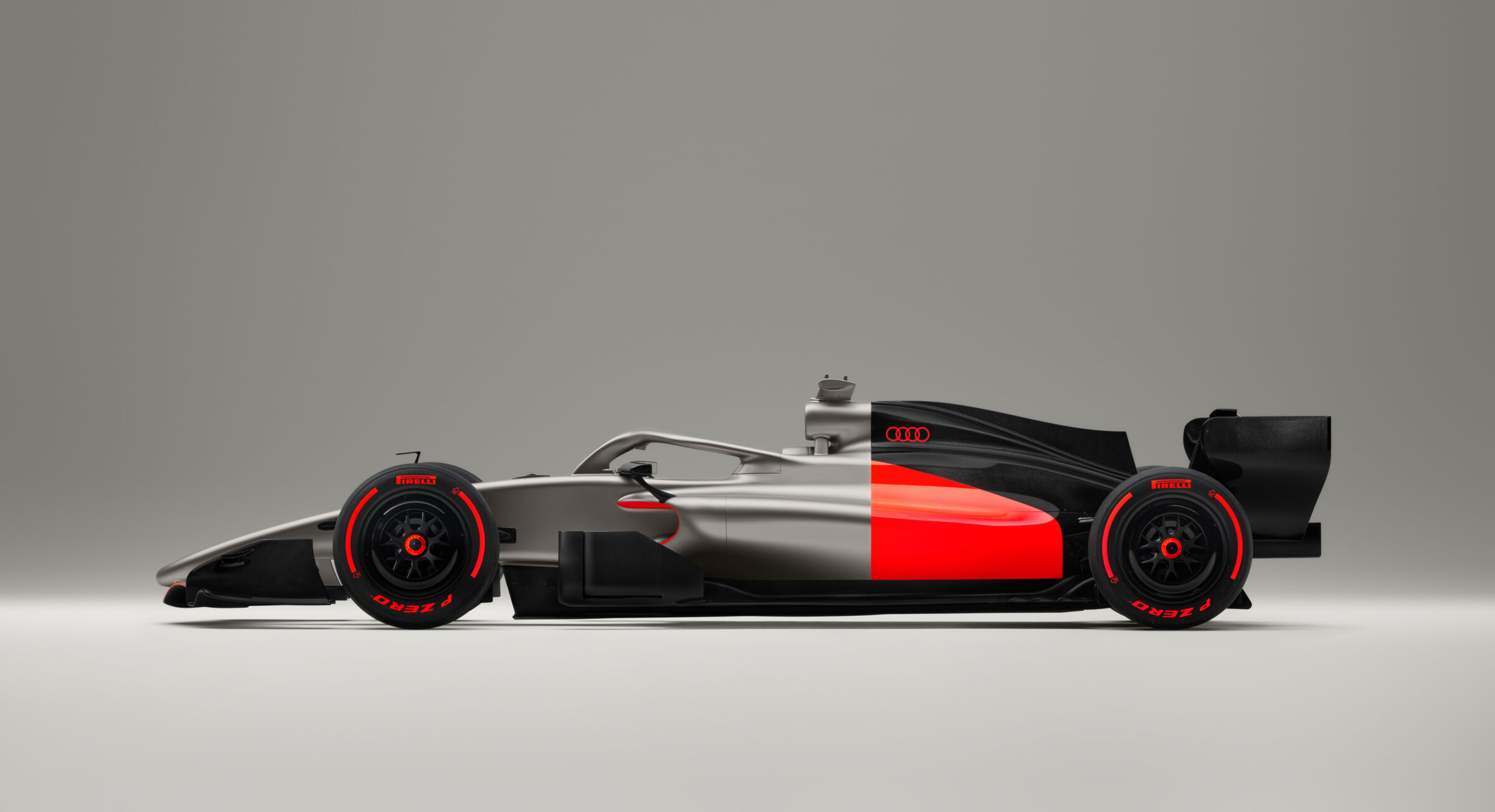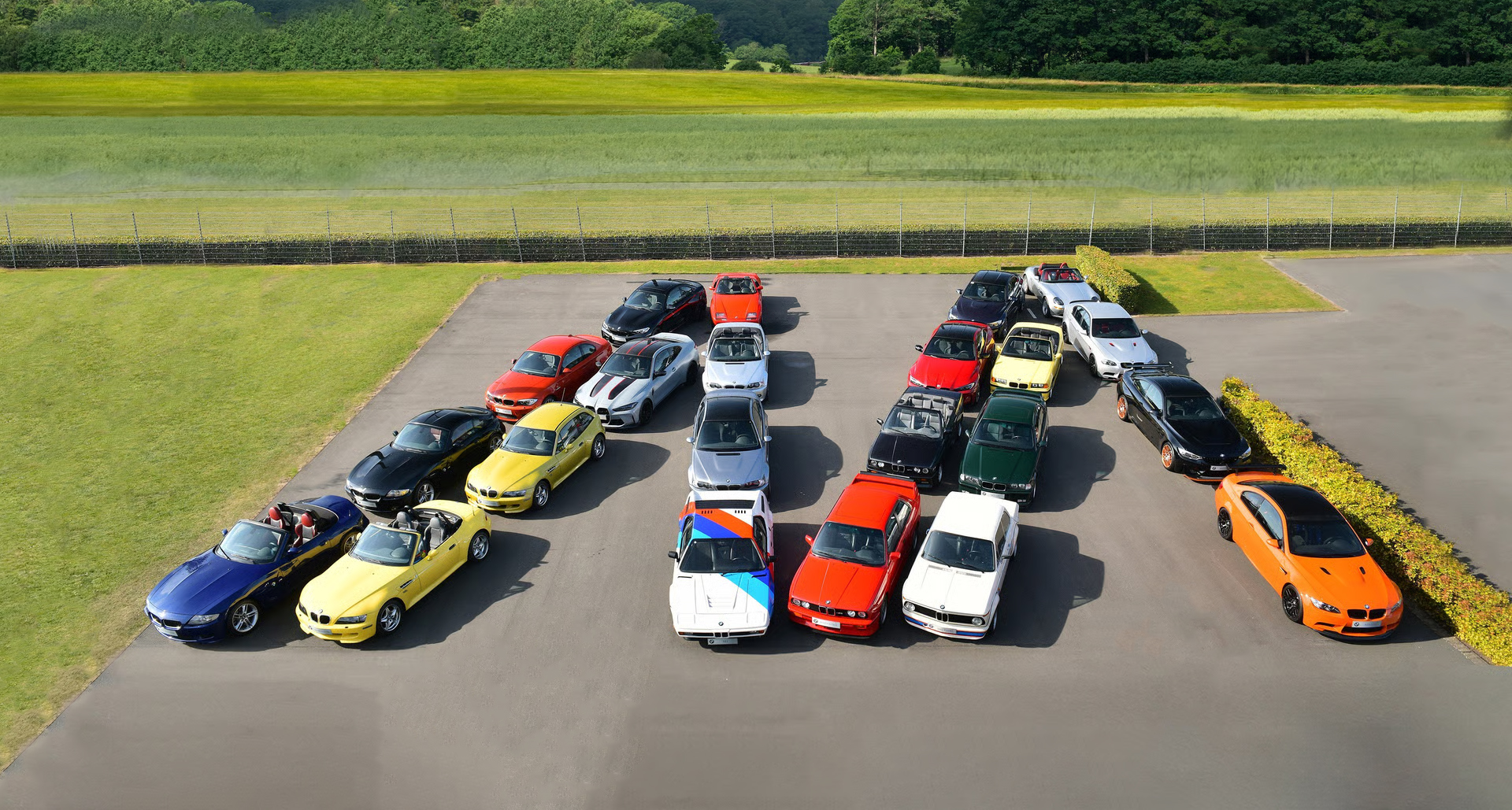Ford GT70
Almost every motorsport fan knows the Ford GT40. In the late 1960s, this flat mid-engined wedge with doors cut far into the roof won the 24 Hours of Le Mans four times in a row and other sports car races as well. Some sports car enthusiasts may also remember the GT90 that Ford presented as a tribute in 1995. Series production didn’t materialize, to the disappointment of many potential customers. Only the GT presented in 2002 for Ford’s 100th anniversary went into production in 2005. And currently, another mid-engine sports car with the abbreviation “GT” and visual references to the GT40 is rolling off the production line. On the other hand, only a few die-hard Ford fans know about another “GT” from the 1970s. In the British part of Ford of Europe, a thoroughbred rally car was built in 1970 to compete against the Alpine A110.
Design by Ercole Spada
The mid-size sedans Zephyr and Zodiac of the fourth model generation formed the basis. However, the engine was moved behind the two passengers for better weight balance. The basic idea was rumored to have originated with motorsport director Stuart Turner, motorsport manager Jochen Neerpasch and British rally driver Roger Clark. These three were sitting together on a Ford plane on the way back from the 1969 Monte Carlo Rally. Ercole Spada was responsible for the design. He drew a compact, rounded sports car with a body made of fiberglass-reinforced plastic and equipped with pop-up headlights. However, the latter were replaced by fixed round headlights on the hood for some rally events. Len Bailey joined the team from the GT40 program to give the new car good driving dynamics.


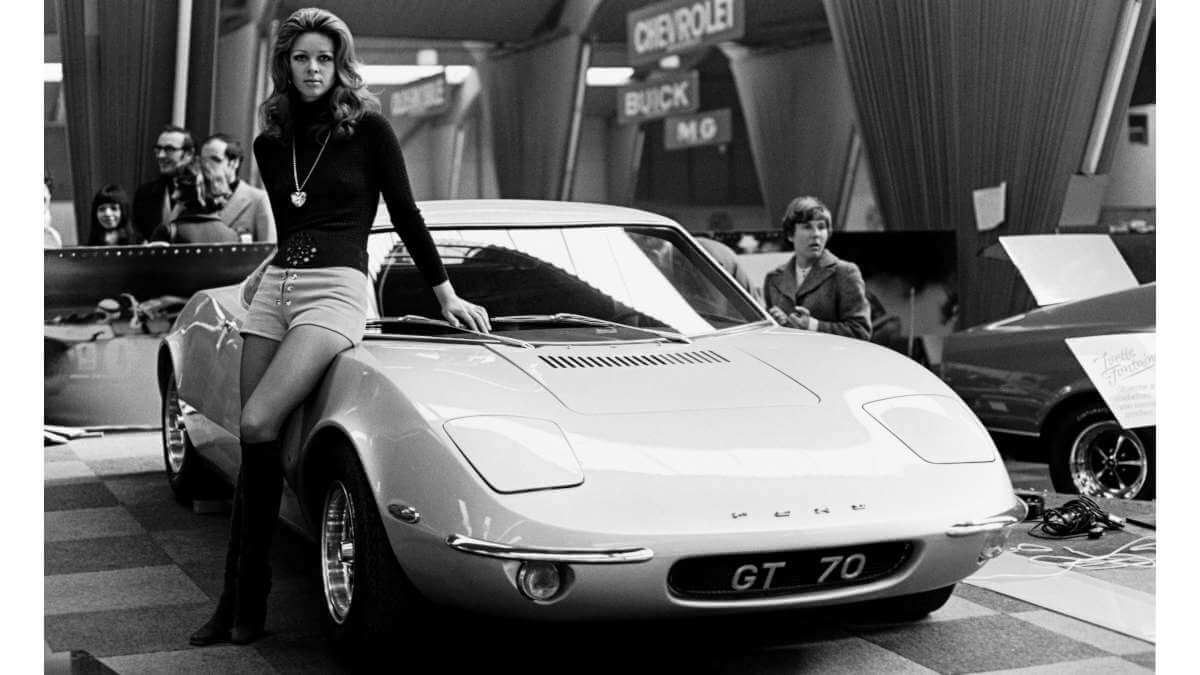

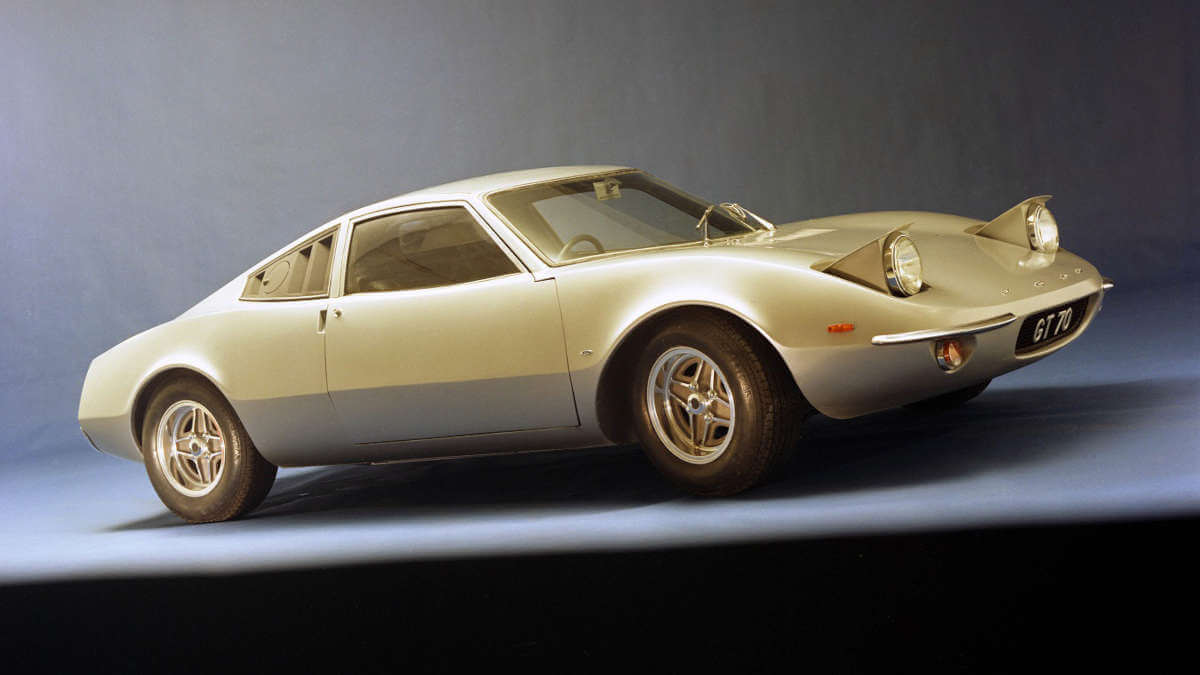

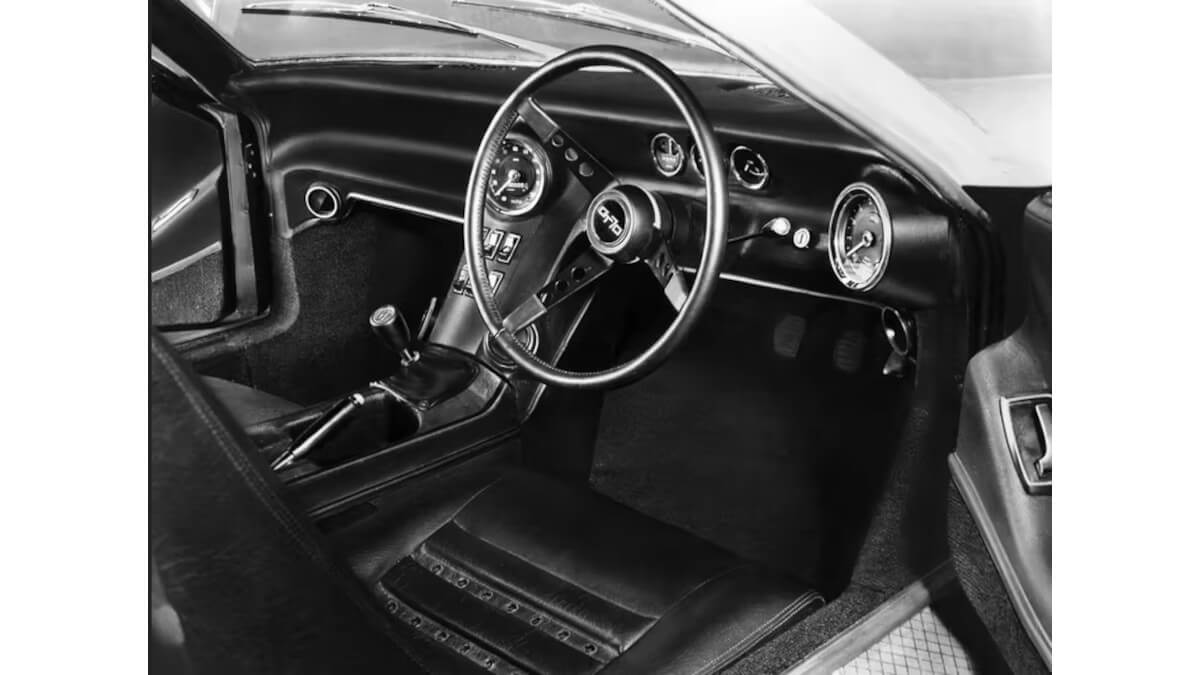









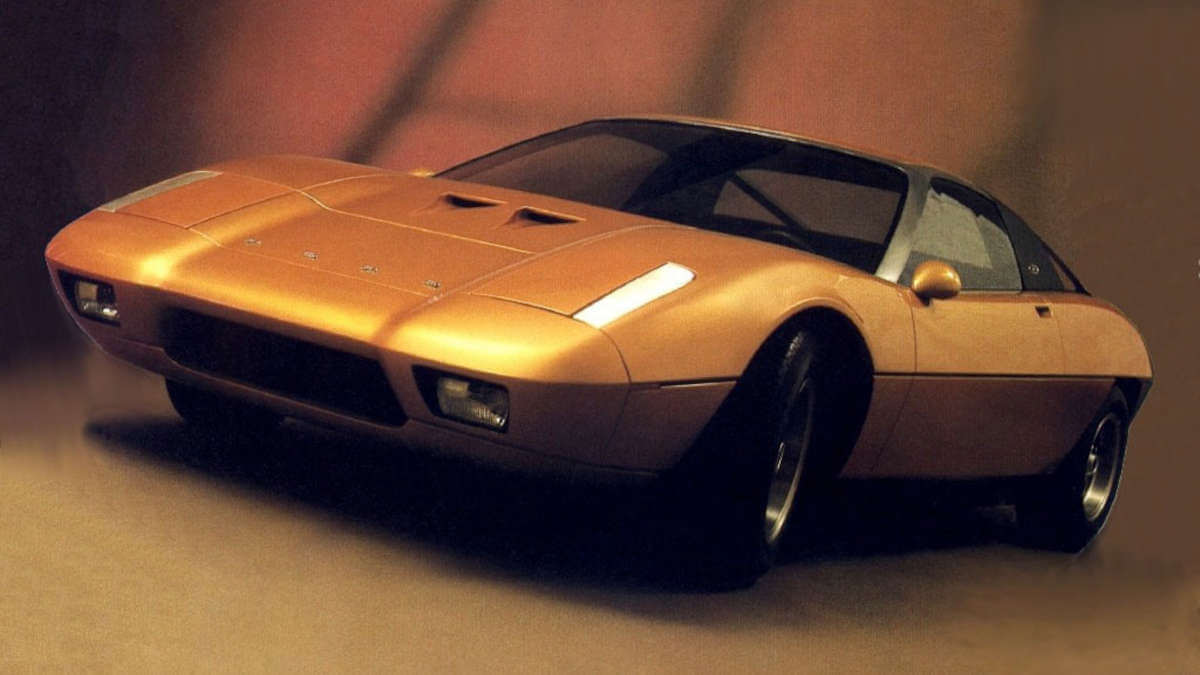

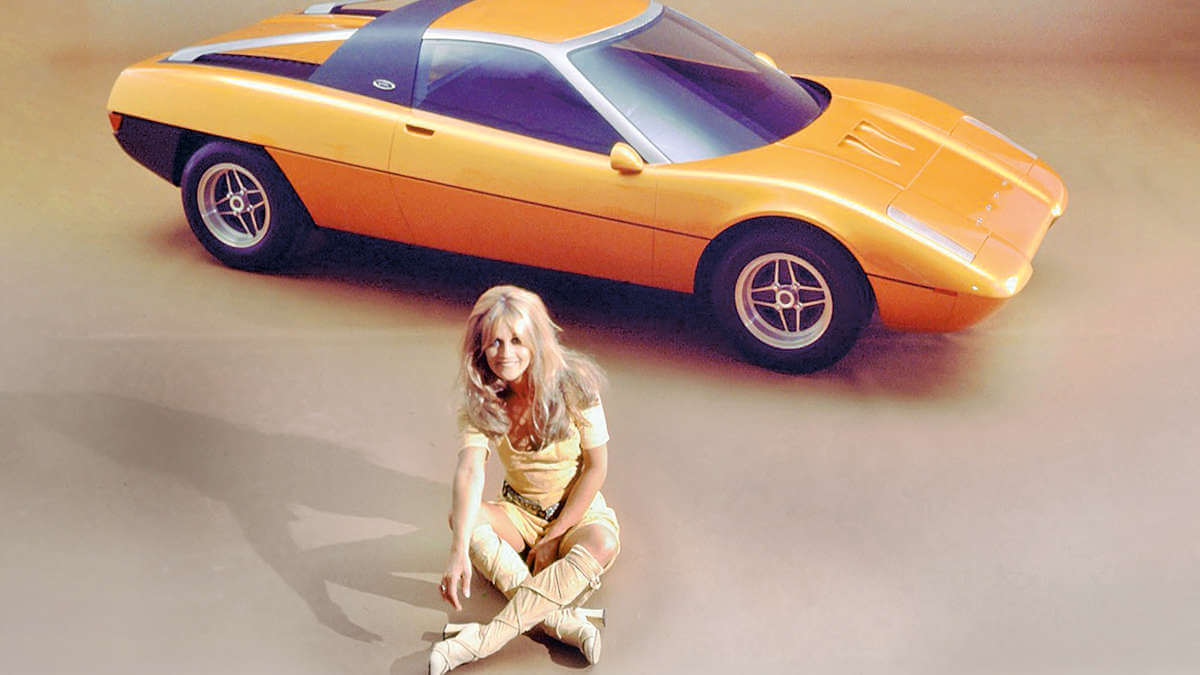

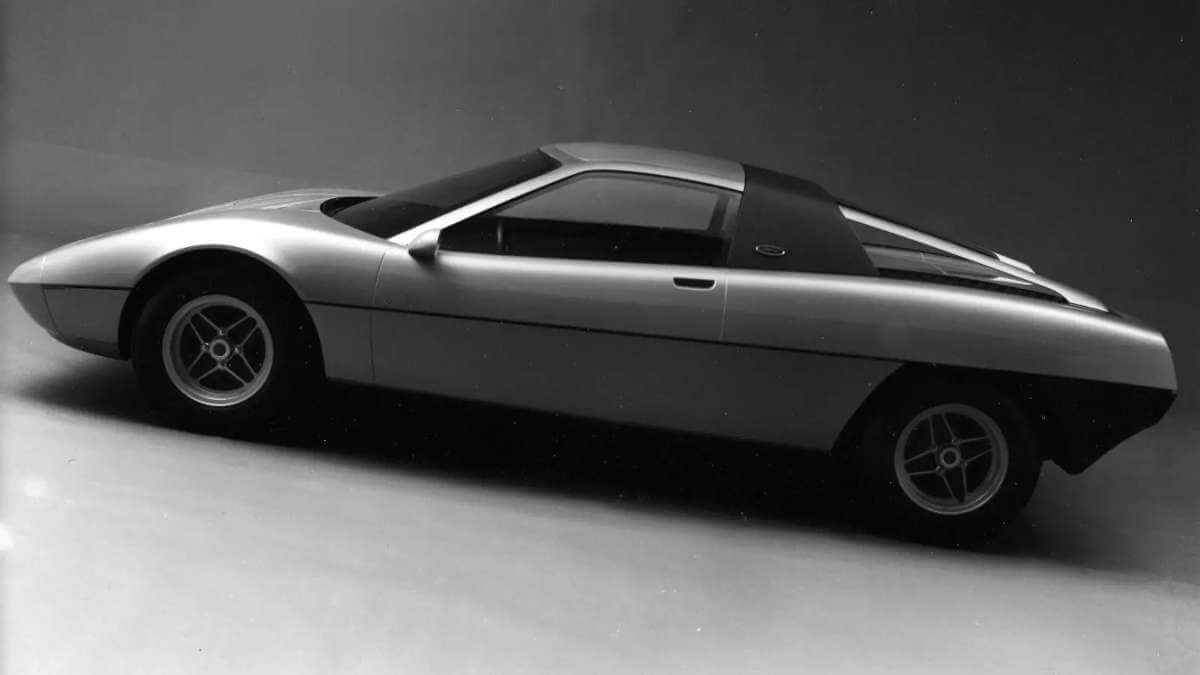

Four engine options
However, it quickly became clear that the frantically developed platform frame hadn’t been designed to be torsionally stiff enough. Depending on the engine selected, this caused reliability problems. Although only six examples of the Ford GT70 were produced between 1970 and 1971 due to some strikes, there were four different engine choices. In addition to the Kent and the BDA four-cylinder engines, each with a displacement of 1.6 liters, there was also the Köln (2.5 liters) and the Essex V6 engine, the latter with a displacement of three liters. Output ranged from 86 to 128 hp. Power was transmitted to the rear wheels via a four- or five-speed gearbox from ZF or Hewland. A mechanical limited-slip differential operated on the rear axle. The smaller engines proved to be more suitable for the overall concept due to their lower weight.
Short career
The Ford GT70 made its official debut at the Brussels Motor Show in January 1970. In addition to factory test driver Gerry Birrell, rally drivers Roger Clark, Timo Mäkinen and Hannu Mikkola also tested the car in order to incorporate specific improvements. It wasn’t until the 1971 Ronde Cevenole Rally that the GT70 finally made its rally debut with Roger Clark at the wheel. Technical teething troubles thwarted a top ten position. In the same year, Francois Mazet and Jean Todt started with another GT70 at the Tour de France. A bridge railing in the Alps caused their DNF result. For the following years, the FIA announced new regulations for the World Rally Championship that favored mass-produced cars. Thus, the development focus was on the second generation of the Escort. Ghia presented an angular one-off concept car based on the sixth GT70 chassis at the Turin Motor Show 1971. Two other GT70s went to France for asphalt races in 1972 and 1973.
Images: Ford of Great Britain


